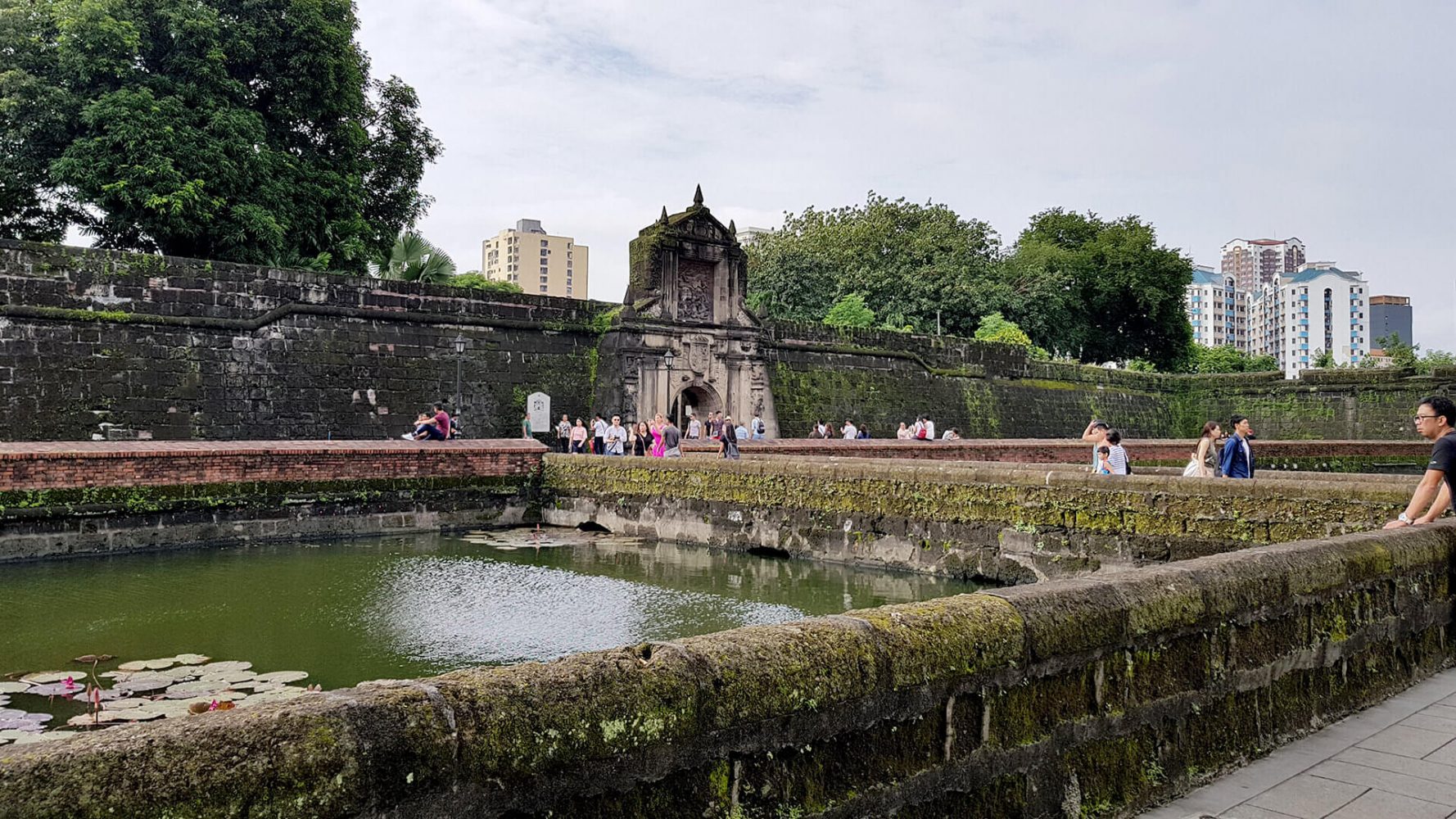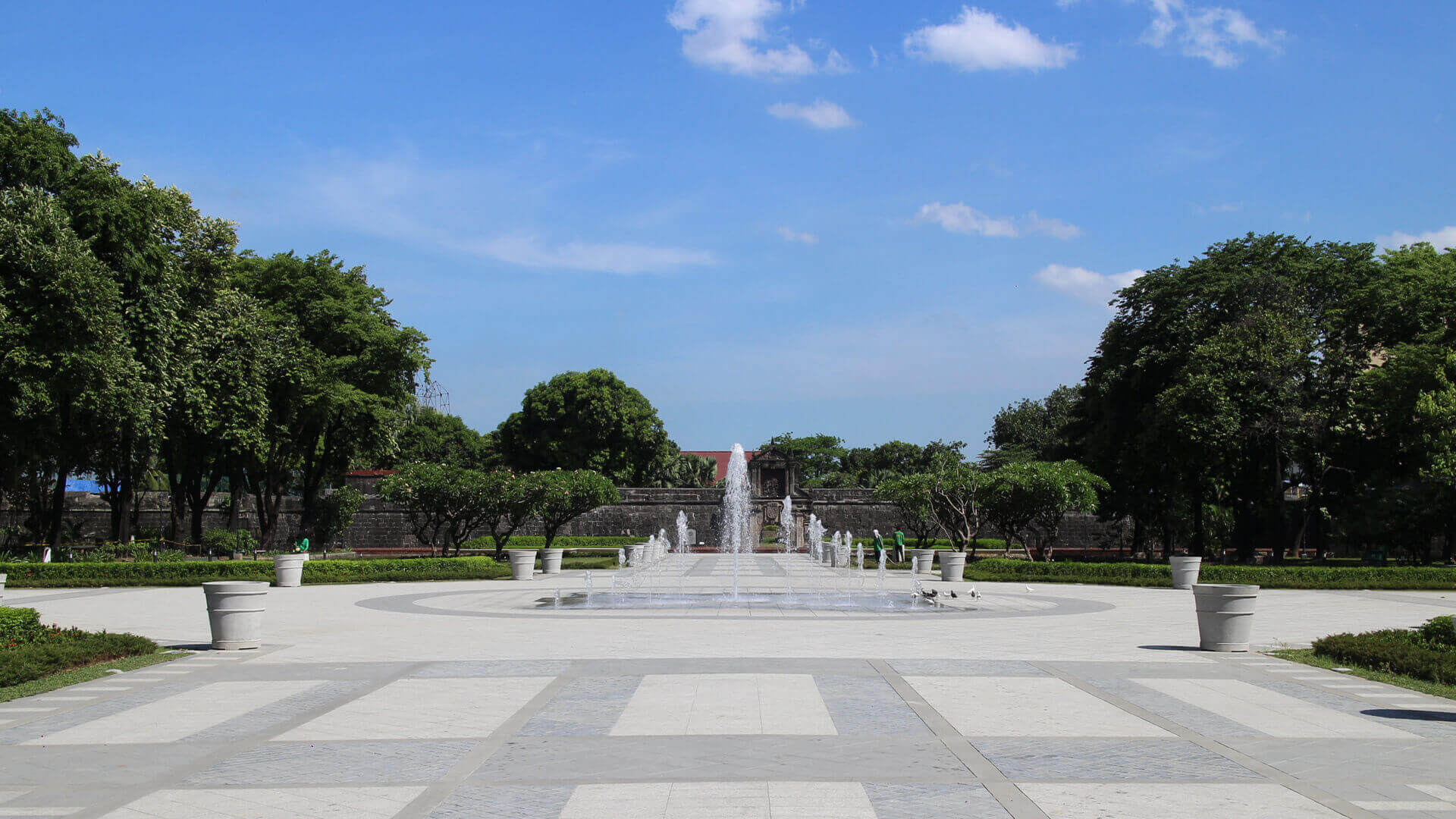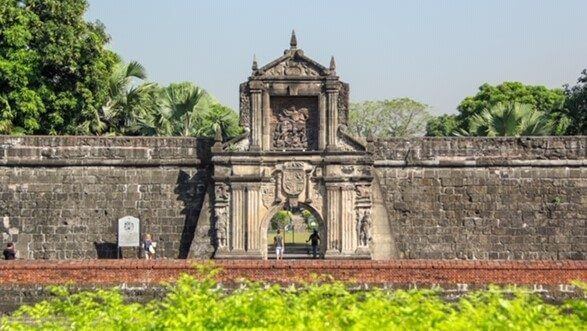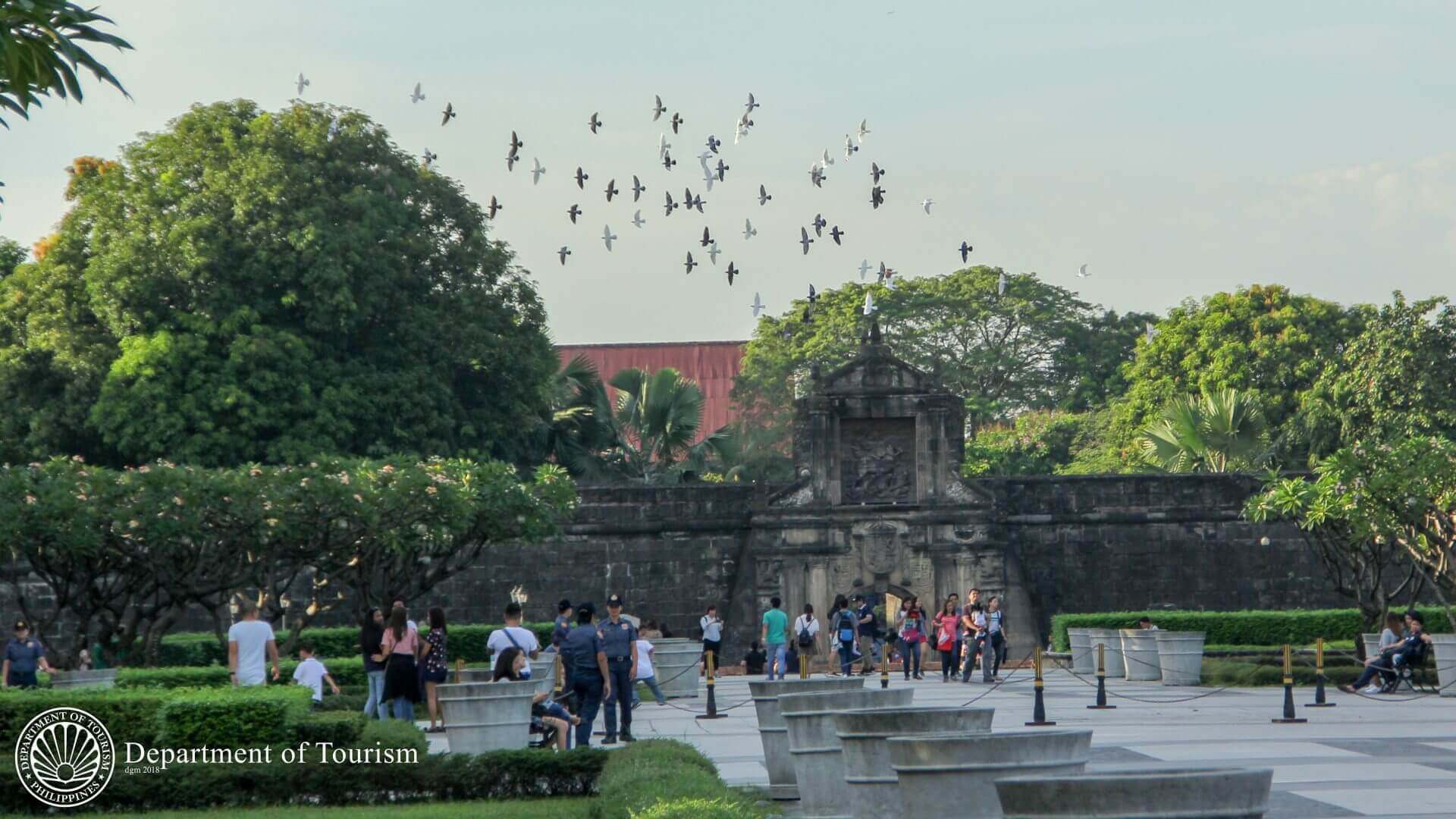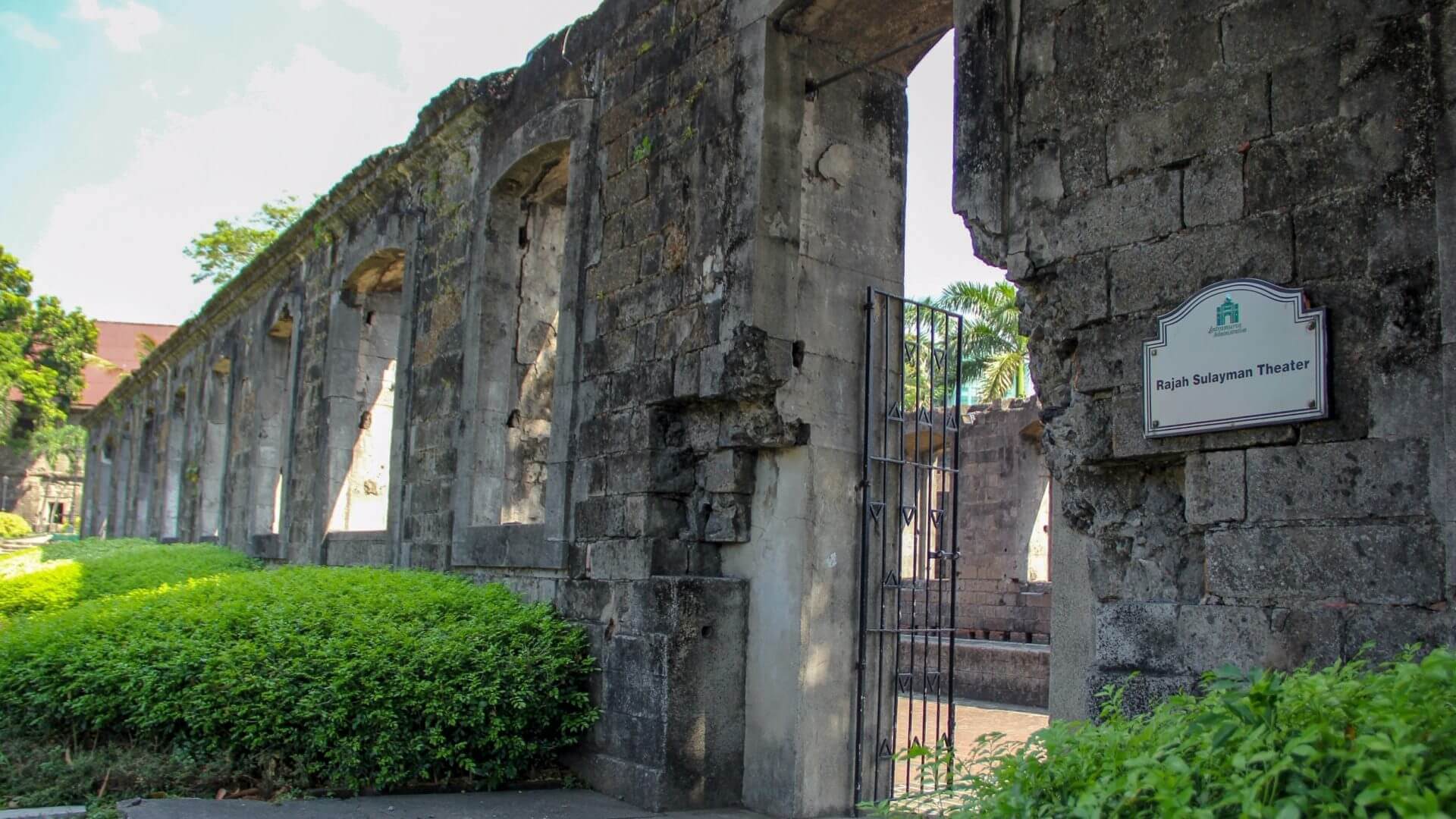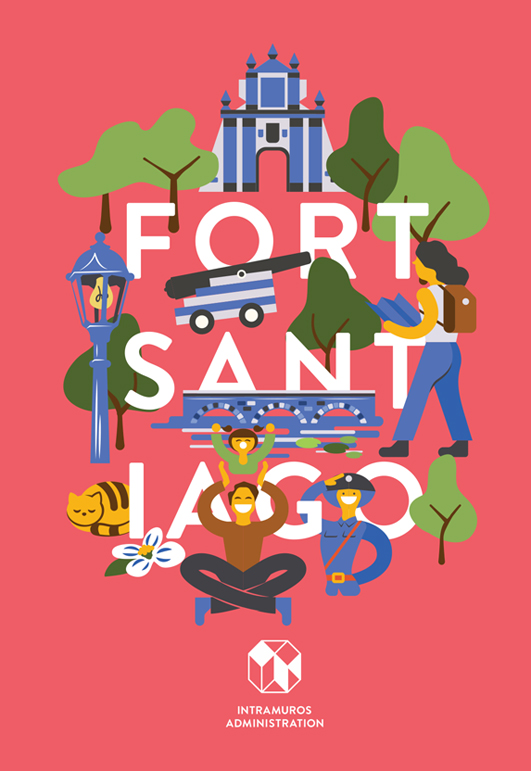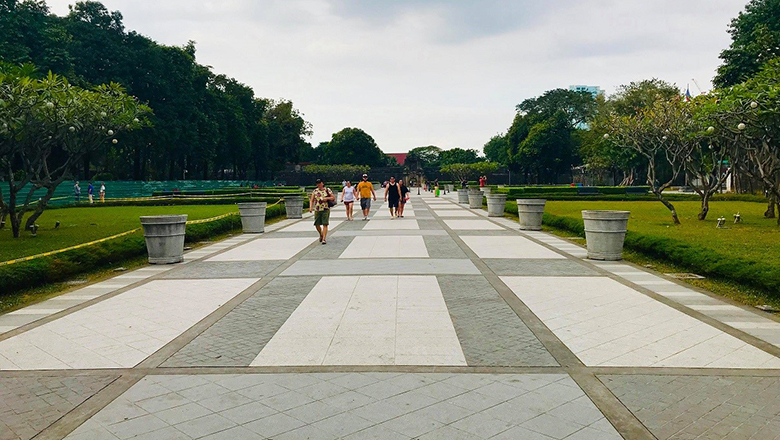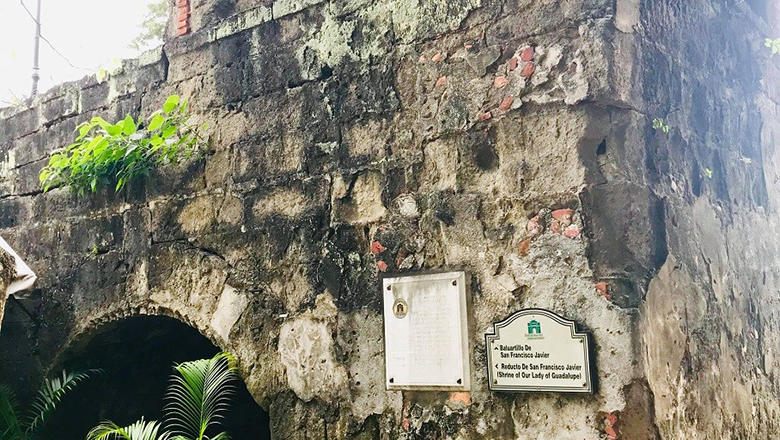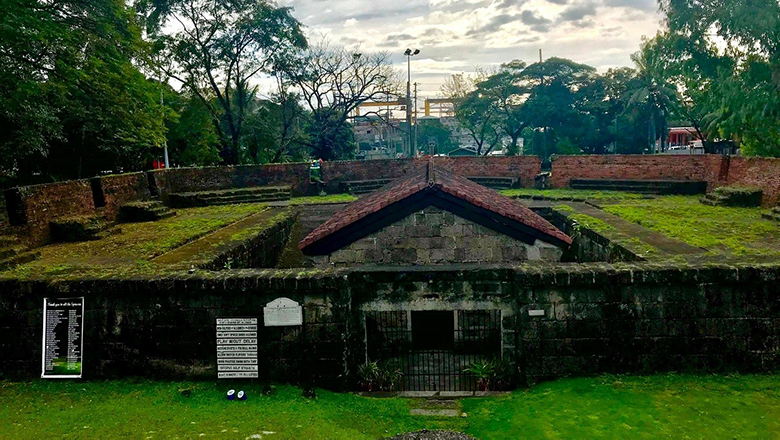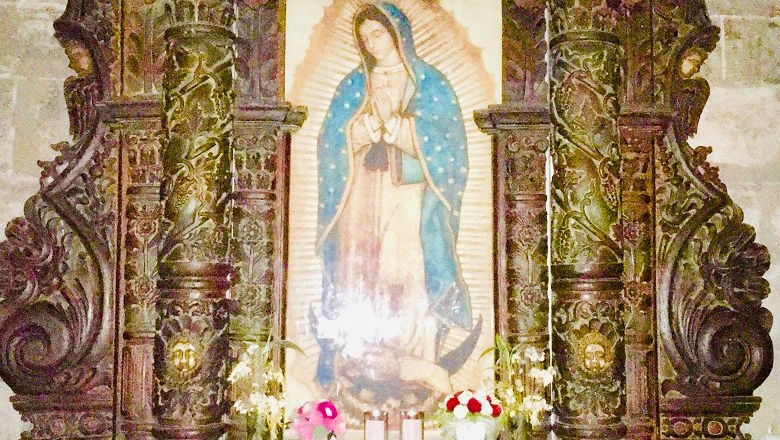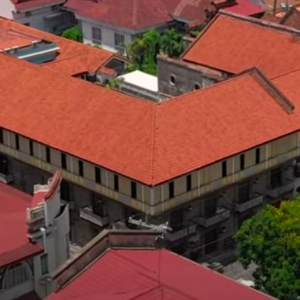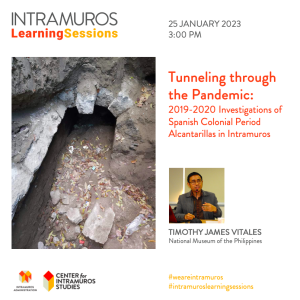Welcome to Fort Santiago! In 1571, Spanish conquistador Miguel Lopez de Legazpi re-established Rajah Soliman’s Manila as the new capital for the growing Spanish empire in the Far East, while the fallen rajah’s wooden citadel was rebuilt as the headquarters for Spain’s military. As the City grew in wealth and prominence in its new place in the world stage, so too did Fort Santiago got established as a formidable symbol of Spanish power in the orient.
The first Spanish fort, a palisaded structure of logs and earth, was destroyed not long after establishment, when in 1574 the Chinese pirate Lin Feng (Limahong) launched an almost successful siege of Manila. The Spanish army repelled the attack, but the fort, in realization of its defects, was rebuilt in stone. The present fort, constructed using volcanic tuff (adobe), was built between 1589 and 1592. It was named after St. James the Moor-slayer, known by the Spanish as Santiago Matamoros. The fort is notable for being a headquarters of the armies of several foreign powers in Philippine history, including the Spanish (1571 to 1898), the British (1762 through 1764 during the Seven Years War), the Americans (1898 to 1946), and the Japanese (1942 through 1945). The Fort Santiago is presently a National Shrine and National Monument since 1951, and a National Cultural Treasure since 2014.

